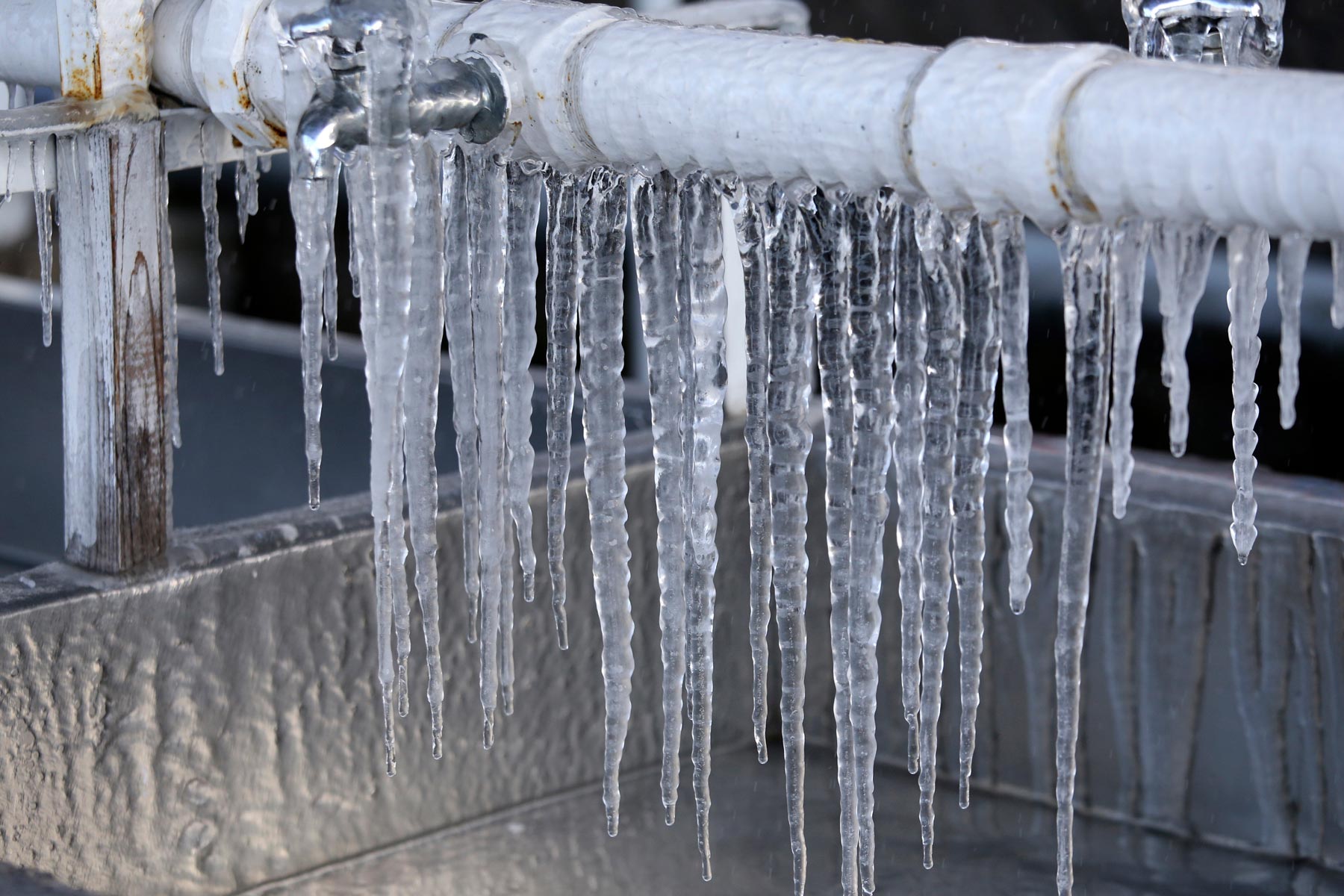How to Protect Your Pipes from Cold Weather: Specialist Tips
How to Protect Your Pipes from Cold Weather: Specialist Tips
Blog Article
What are your opinions on Helpful Tips to Prevent Frozen Pipes this Winter?

Winter can damage your pipes, specifically by freezing pipelines. Below's how to prevent it from taking place and what to do if it does.
Intro
As temperatures decline, the danger of frozen pipelines increases, potentially bring about pricey repair work and water damages. Comprehending just how to stop icy pipelines is important for property owners in cool climates.
Prevention Tips
Insulating prone pipes
Wrap pipelines in insulation sleeves or make use of warmth tape to safeguard them from freezing temperature levels. Concentrate on pipelines in unheated or external areas of the home.
Heating strategies
Maintain interior areas sufficiently heated, particularly locations with pipes. Open up closet doors to permit cozy air to circulate around pipes under sinks.
Just how to determine frozen pipelines
Search for lowered water flow from faucets, uncommon smells or sounds from pipelines, and visible frost on subjected pipes.
Long-Term Solutions
Structural changes
Take into consideration rerouting pipes far from outside wall surfaces or unheated locations. Add additional insulation to attics, cellars, and crawl spaces.
Upgrading insulation
Invest in premium insulation for pipelines, attics, and wall surfaces. Correct insulation assists preserve regular temperature levels and minimizes the threat of frozen pipelines.
Protecting Exterior Plumbing
Garden hoses and outside taps
Detach and drain pipes yard pipes before winter. Mount frost-proof faucets or cover outdoor faucets with shielded caps.
Understanding Frozen Pipelines
What creates pipes to ice up?
Pipes ice up when exposed to temperature levels listed below 32 ° F (0 ° C) for extended durations. As water inside the pipelines freezes, it expands, taxing the pipe walls and potentially triggering them to burst.
Dangers and problems
Icy pipes can bring about supply of water interruptions, residential property damage, and costly repair work. Ruptured pipes can flood homes and create comprehensive architectural damages.
Signs of Frozen Piping
Recognizing icy pipelines early can avoid them from rupturing.
What to Do If Your Pipelines Freeze
Immediate activities to take
If you presume frozen pipes, keep taps open up to soothe pressure as the ice melts. Utilize a hairdryer or towels taken in hot water to thaw pipes slowly.
Final thought
Preventing icy pipes needs aggressive measures and fast responses. By understanding the causes, signs, and safety nets, house owners can safeguard their pipes throughout winter.
5 Ways to Prevent Frozen Pipes
Drain Outdoor Faucets and Disconnect Hoses
First, close the shut-off valve that controls the flow of water in the pipe to your outdoor faucet. Then, head outside to disconnect and drain your hose and open the outdoor faucet to allow the water to completely drain out of the line. Turn off the faucet when done. Finally, head back to the shut-off valve and drain the remaining water inside the pipe into a bucket or container. Additionally, if you have a home irrigation system, you should consider hiring an expert to clear the system of water each year.
Insulate Pipes
One of the best and most cost-effective methods for preventing frozen water pipes is to wrap your pipes with insulation. This is especially important for areas in your home that aren’t exposed to heat, such as an attic. We suggest using foam sleeves, which can typically be found at your local hardware store.
Keep Heat Running at 65
Your pipes are located inside your walls, and the temperature there is much colder than the rest of the house. To prevent your pipes from freezing, The Insurance Information Institute suggests that you keep your home heated to at least 65 degrees, even when traveling. You may want to invest in smart devices that can keep an eye on the temperature in your home while you’re away.
Leave Water Dripping
Moving water — even a small trickle — can prevent ice from forming inside your pipes. When freezing temps are imminent, start a drip of water from all faucets that serve exposed pipes. Leaving a few faucets running will also help relieve pressure inside the pipes and help prevent a rupture if the water inside freezes.
Open Cupboard Doors
Warm your kitchen and bathroom pipes by opening cupboards and vanities. You should also leave your interior doors ajar to help warm air circulate evenly throughout your home.

I recently found that piece of writing on Prevent Frozen Pipes while doing a lookup on the search engines. Enjoyed our posting? Please share it. Let another person check it out. Kudos for being here. Come back soon.
Call Today Report this page